You’ve imagined it for years: wandering the cobbled streets of Montmartre at golden hour, sipping a velvety espresso in a Roman café courtyard, and cruising the canals of Venice as a violinist plays nearby. Now, you’re ready to turn that dream into reality. Traveling to Paris and Italy in one trip isn’t just possible—it’s one of the most enriching experiences you’ll ever have.
Whether you’re planning your first European adventure or upgrading your travel bucket list, this ultimate escape gives you a chance to immerse yourself in two of the world’s most iconic cultures. In this comprehensive guide, you’ll learn how to travel to Paris and Italy seamlessly, discover hidden gems and world-famous sites, indulge in must-try dishes, and get tips that make planning a breeze.

Table of Contents
Why You Should Travel to Paris and Italy Together
A Journey of Dual Delights
Why choose between Paris and Italy when you can have both? These destinations are distinct yet complementary, offering a rich contrast of elegance and vitality. In Paris, you’ll encounter graceful boulevards, timeless fashion, and decadent cuisine. In Italy, you’ll dive into passionate culture, ancient history, and regional food traditions that make every meal memorable.
Benefits of Combining the Two
- Proximity: They’re geographically close, and transportation is easy to arrange.
- Shared Schengen Visa: If you’re not from the EU, you only need one visa.
- Balanced Experience: Romantic city lights in Paris, sun-kissed landscapes in Tuscany.
- One Currency: Both use the Euro—no need to exchange currency mid-trip.
Planning Your Perfect Itinerary
Mapping Out the Ideal Route
How long should you go for? At a minimum, plan for 10 days. Ideally, 12 to 14 days allows you to absorb the richness of each place without feeling rushed. The sequence? Most travelers start in Paris, then head south to Rome, followed by Florence, Venice, and Milan.
Transportation Options Between Countries
- Flights – 2-hour direct flights from Paris to Rome or Milan. Book early for deals.
- Trains – Take the TGV to Milan or Rome with high-speed comfort.
- Drive – Offers the most freedom, but tolls, parking, and ZTL zones in Italy are tricky.
Sample 12-Day Itinerary Table
| Day | Location | Activities |
|---|---|---|
| 1–3 | Paris | Eiffel Tower, Louvre, Montmartre, Seine Cruise |
| 4 | Travel to Rome | Flight or train |
| 5–6 | Rome | Vatican, Colosseum, Pantheon |
| 7–8 | Florence | Uffizi, Duomo, Tuscan wine tour |
| 9–10 | Venice | Gondola ride, St. Mark’s, Murano Island |
| 11–12 | Milan | Duomo, shopping in Galleria, Last Supper painting |
Must-See Landmarks in Paris
The Classics That Never Disappoint
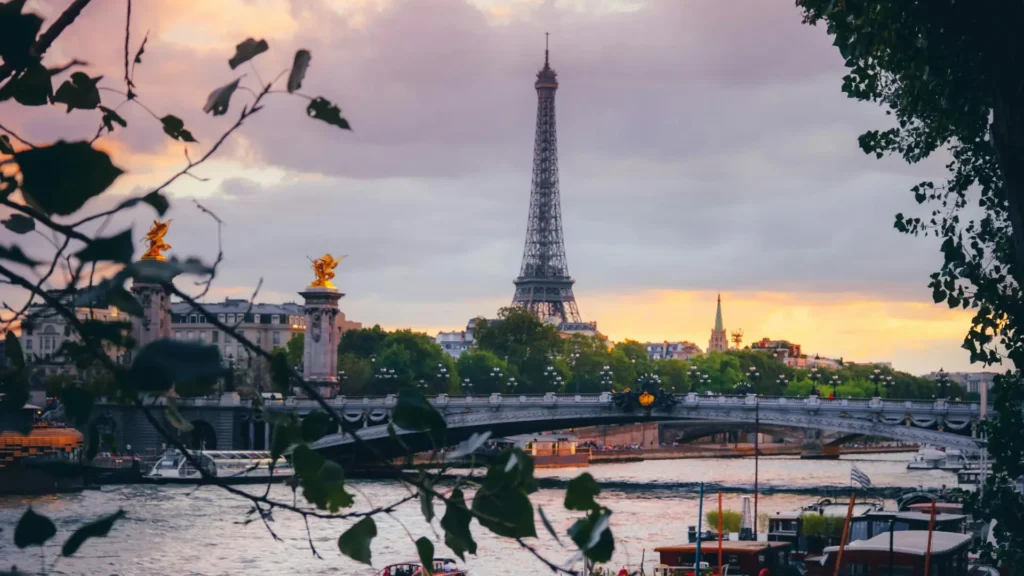
- Eiffel Tower: Visit at sunset for magical views. Reserve tickets in advance.
- Louvre Museum: See the Mona Lisa and thousands of other priceless works.
- Notre-Dame Cathedral: Still closed inside, but the exterior is awe-inspiring.
- Arc de Triomphe: Climb for panoramic Champs-Élysées views.
Off-the-Beaten-Path Paris
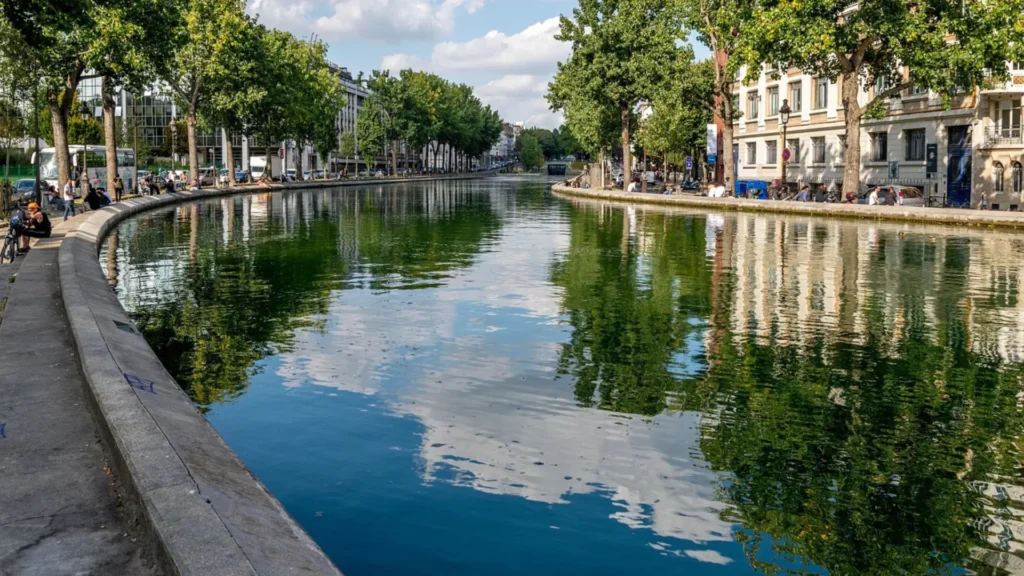
- Rue Crémieux: A pastel-colored street perfect for photos.
- Canal Saint-Martin: Hip cafés and relaxed waterside vibes.
- Promenade Plantée: A raised garden walkway above the city.
The Best of Italy: Where to Go and What to See
Rome: The Eternal City

- Colosseum: Skip the line with a guided tour.
- Vatican Museums: Marvel at the Sistine Chapel ceiling.
- Pantheon & Trevi Fountain: A perfect walking route to capture the essence of Rome.
Florence: Renaissance in Every Step
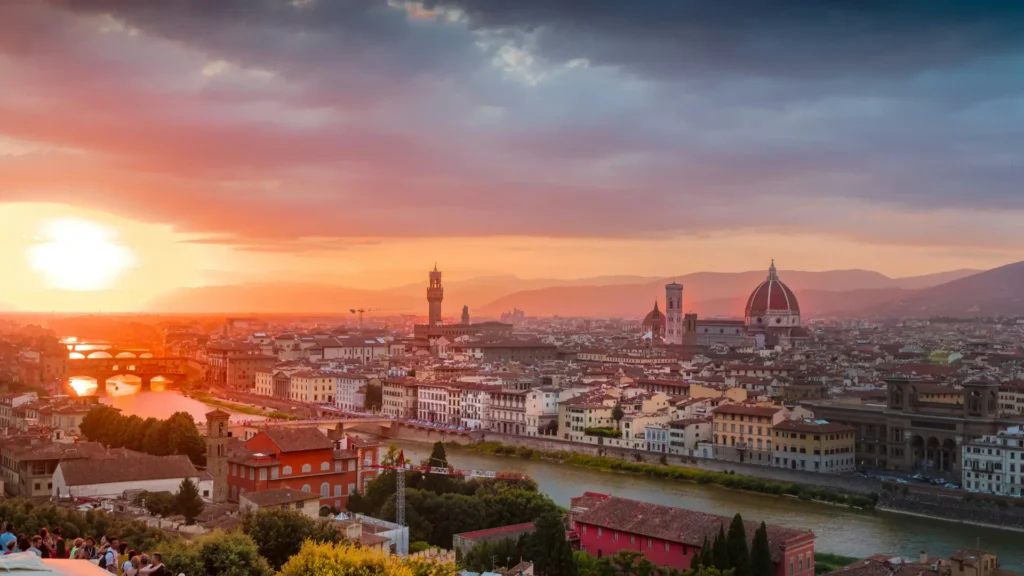
- Il Duomo: The red-tiled dome defines the Florence skyline.
- Uffizi Gallery: Birth of Venus, Medusa, and more Renaissance wonders.
- Day Trip to Tuscany: Wine, rolling hills, and medieval towns.
Venice: Floating Charm
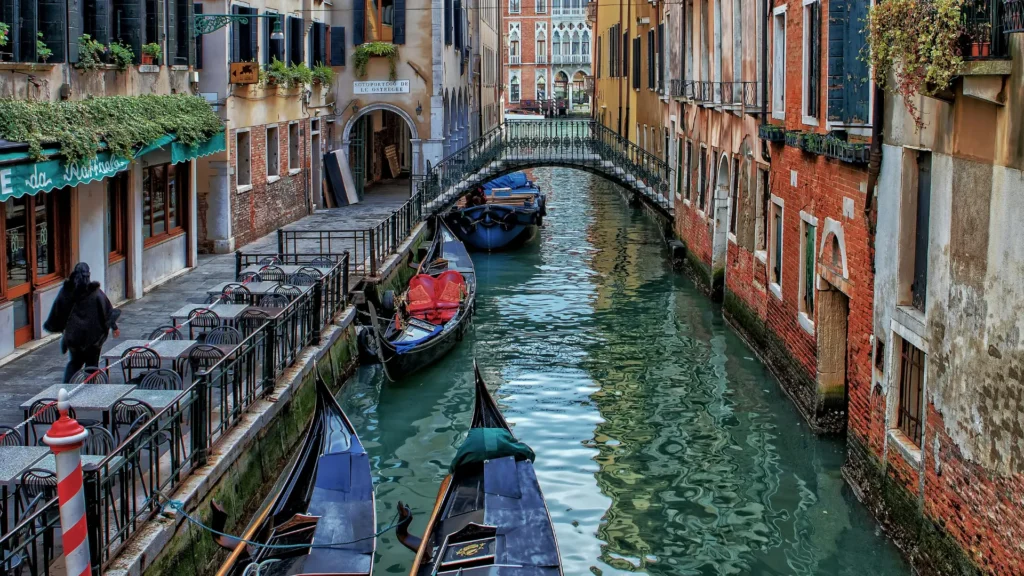
- Grand Canal: Hop on a vaporetto (water bus) or enjoy a gondola ride.
- St. Mark’s Square: Visit early morning to beat the crowds.
- Murano and Burano: Glassblowing demos and rainbow-colored houses.
Milan: Style and Spirituality
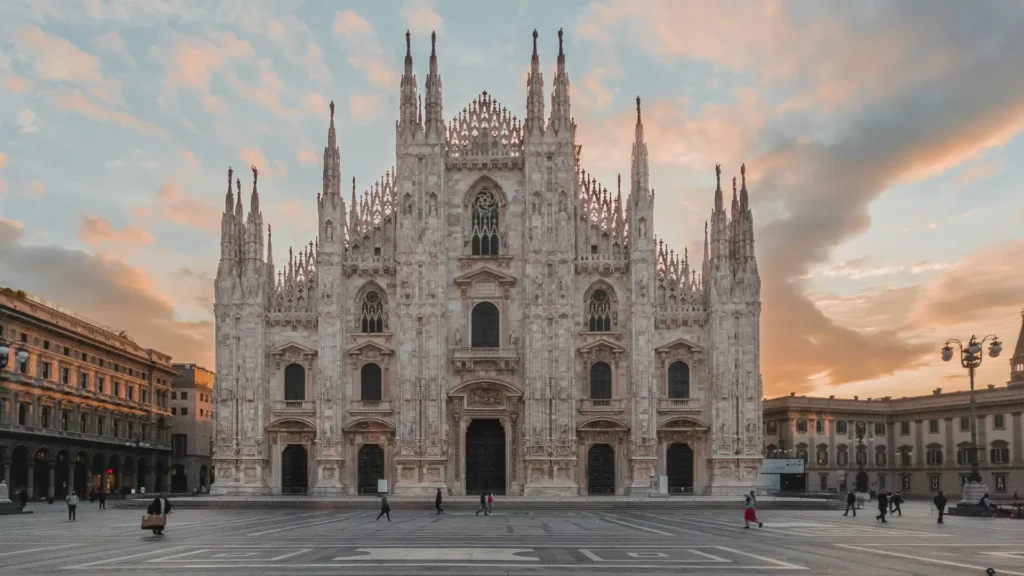
- Milan Cathedral: Gothic spires and rooftop views.
- Santa Maria delle Grazie: Home of da Vinci’s “Last Supper” (reserve months ahead).
- Fashion District: Window-shop or splurge in Europe’s fashion capital.
What to Eat: French and Italian Cuisine You Can’t Miss
French Cuisine to Savor
| Dish | Description | Where to Try It |
|---|---|---|
| Croissant | Buttery, flaky morning staple | Boulangeries across Paris |
| Duck Confit | Slow-cooked duck leg with crispy skin | Traditional brasseries |
| Crème Brûlée | Creamy dessert with a caramel crust | Le Procope or Café Constant |
| Onion Soup | Rich broth with melted cheese topping | Montmartre cafés |
Italian Cuisine Must-Haves
| Dish | Main Ingredients | City or Region |
|---|---|---|
| Carbonara | Pasta, eggs, cheese, guanciale | Rome |
| Florentine Steak | T-bone steak, olive oil, salt | Florence |
| Risotto alla Milanese | Arborio rice, saffron, Parmesan | Milan |
| Tiramisu | Coffee-soaked ladyfingers, mascarpone | Venice |
Featured Recipe Table: Authentic Spaghetti Carbonara
| Ingredient | Quantity |
|---|---|
| Spaghetti | 400g |
| Guanciale (or pancetta) | 150g |
| Egg yolks | 4 |
| Pecorino Romano | 100g grated |
| Black Pepper | To taste |
Instructions: Cook pasta. Sauté guanciale until crispy. Beat yolks and cheese in a bowl. Combine hot pasta with guanciale, then stir in yolk mixture away from heat. Finish with pepper and extra cheese.
When to Go: Timing Your Trip for Maximum Joy
Best Travel Seasons
- Spring (April–June): Flowers bloom, tourist spots are lively but manageable.
- Fall (September–October): Cooler weather, smaller crowds, beautiful fall colors.
- Avoid August: High heat, inflated prices, and many locals are on holiday.
Budget Tips: Save Smart Without Missing Out
Simple Ways to Stretch Your Euros
- Transport Passes: Buy a Paris Metro or Roma Pass.
- Accommodation Hacks: Stay slightly outside major centers (e.g., Trastevere in Rome).
- Dining Strategy: Eat at bakeries and markets for breakfast and lunch.
- Book Early: Trains, flights, and attractions are cheaper weeks or months ahead.
Essential Travel Tips and Packing Checklist
Documents to Carry
- Passport (valid 6+ months)
- Copies of your travel insurance
- EU Schengen Visa (if needed)
- Pre-booked tickets and confirmation emails
Packing List
Clothing
- Lightweight tops, layers for cool nights
- Scarf (stylish and practical)
- Comfortable walking shoes
Tech & Tools
- Universal adapter (Type C for Europe)
- Mobile power bank
- Offline Google Maps and language app
Conclusion:
This journey isn’t just about ticking off famous places—it’s about connection. When you travel to Paris and Italy, you connect with timeless architecture, soul-stirring art, unforgettable meals, and maybe even with yourself in a way you haven’t before.
So here’s your next move: start planning. Map your route, pick your places, and say yes to the European adventure you deserve. From sipping rosé along the Seine to clinking wine glasses in a Tuscan vineyard, your ultimate escape to Paris and Italy is waiting.
FAQ : Travel to Paris and Italy
Can you travel to Paris and Italy in one trip?
Absolutely. With just 10 to 14 days, you can experience highlights of both destinations and create unforgettable memories.
What’s the best way to get from Paris to Italy?
High-speed train for scenic comfort, or budget airline for speed. Paris-Rome is a popular direct route.
Do you need a visa for both countries?
If you’re from outside the EU, a single Schengen visa covers both.
How much should I budget?
Expect to spend €120–€200 per day, including accommodation, meals, transportation, and attractions. Budget travelers can go lower, while luxury travelers may spend more.
Is it safe to travel between Paris and Italy?
Yes, both countries are generally safe. Just stay alert in crowded areas and train stations.


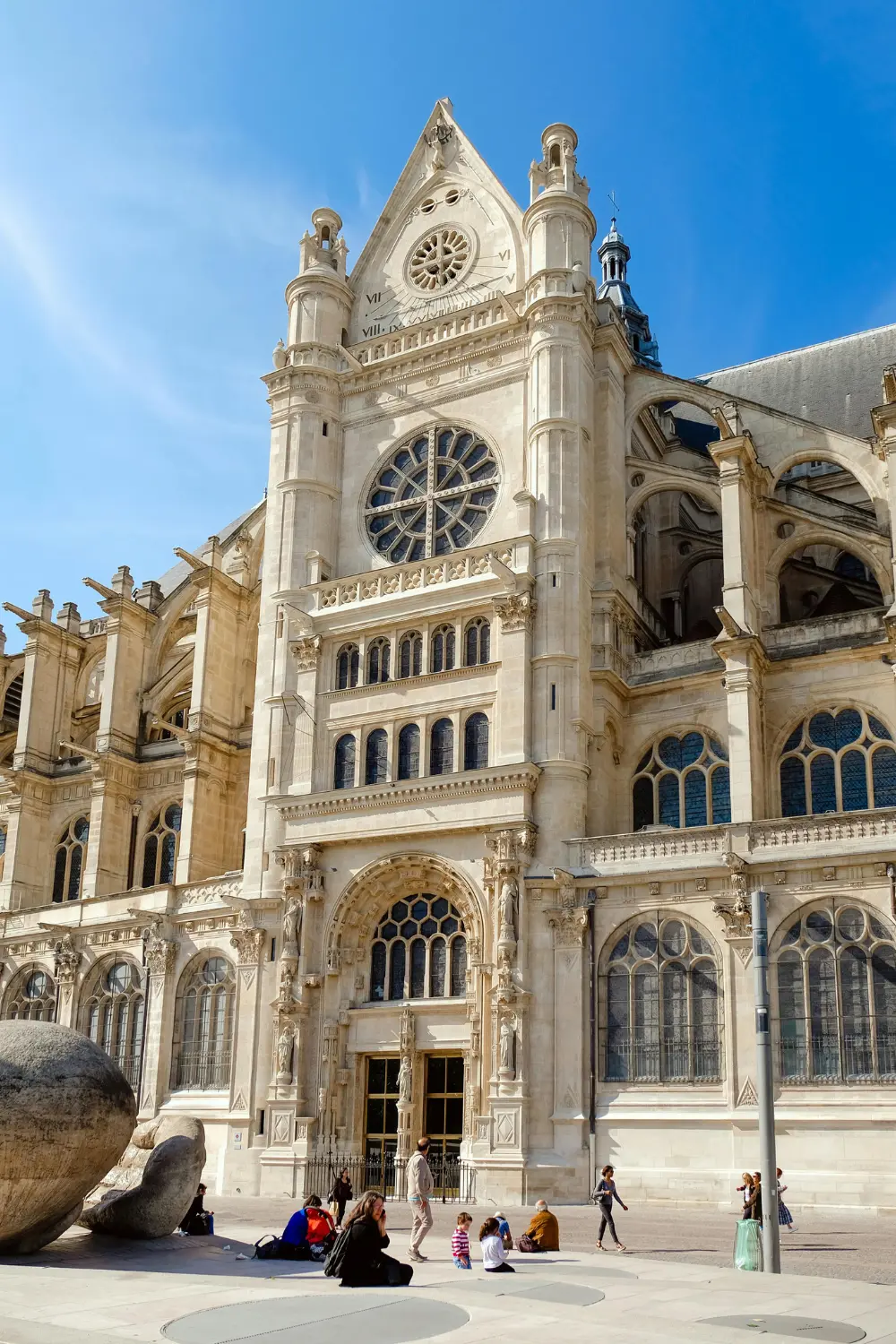
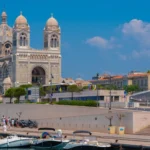

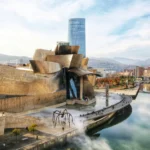

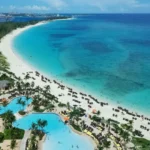
Leave a Reply